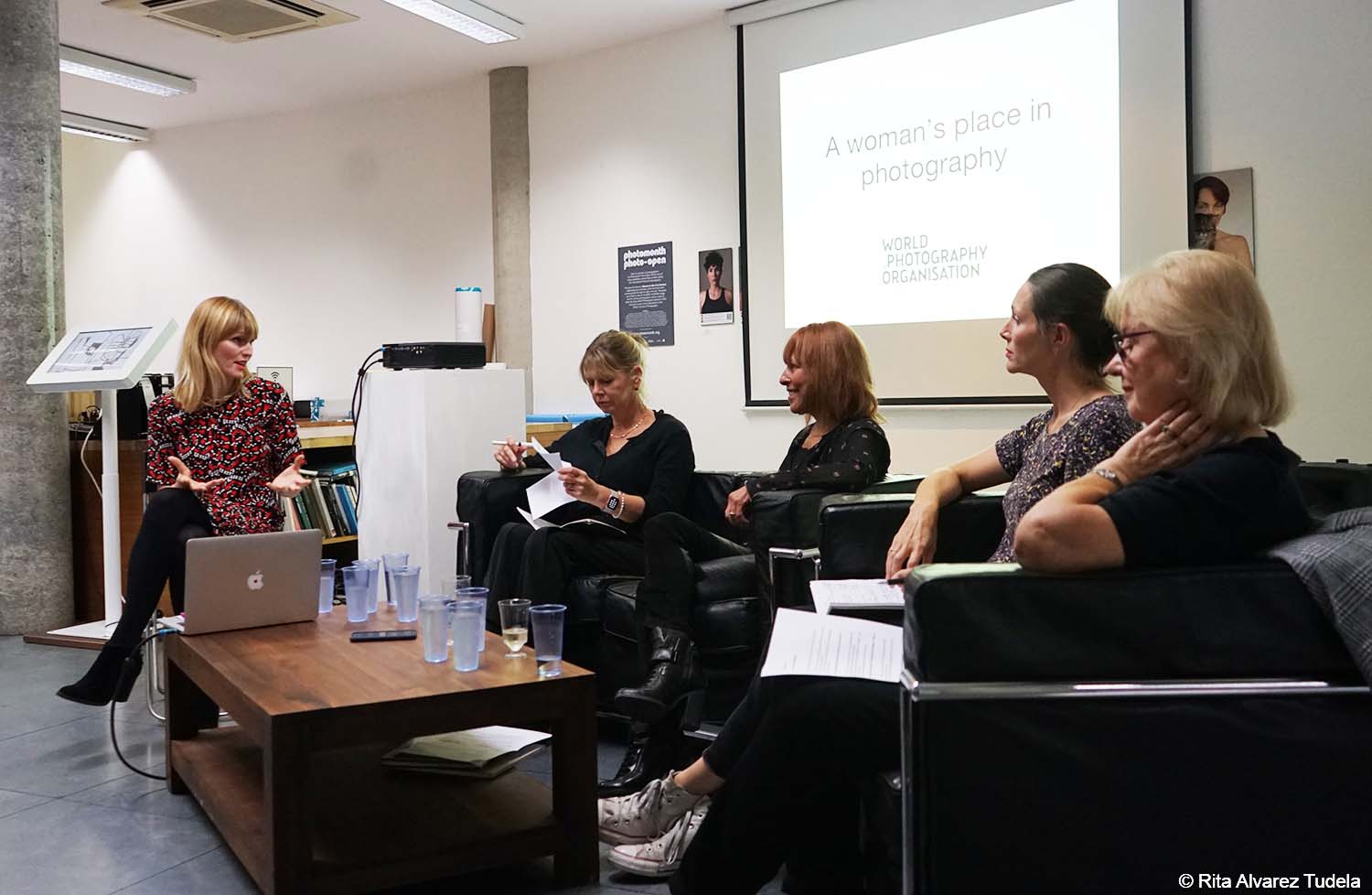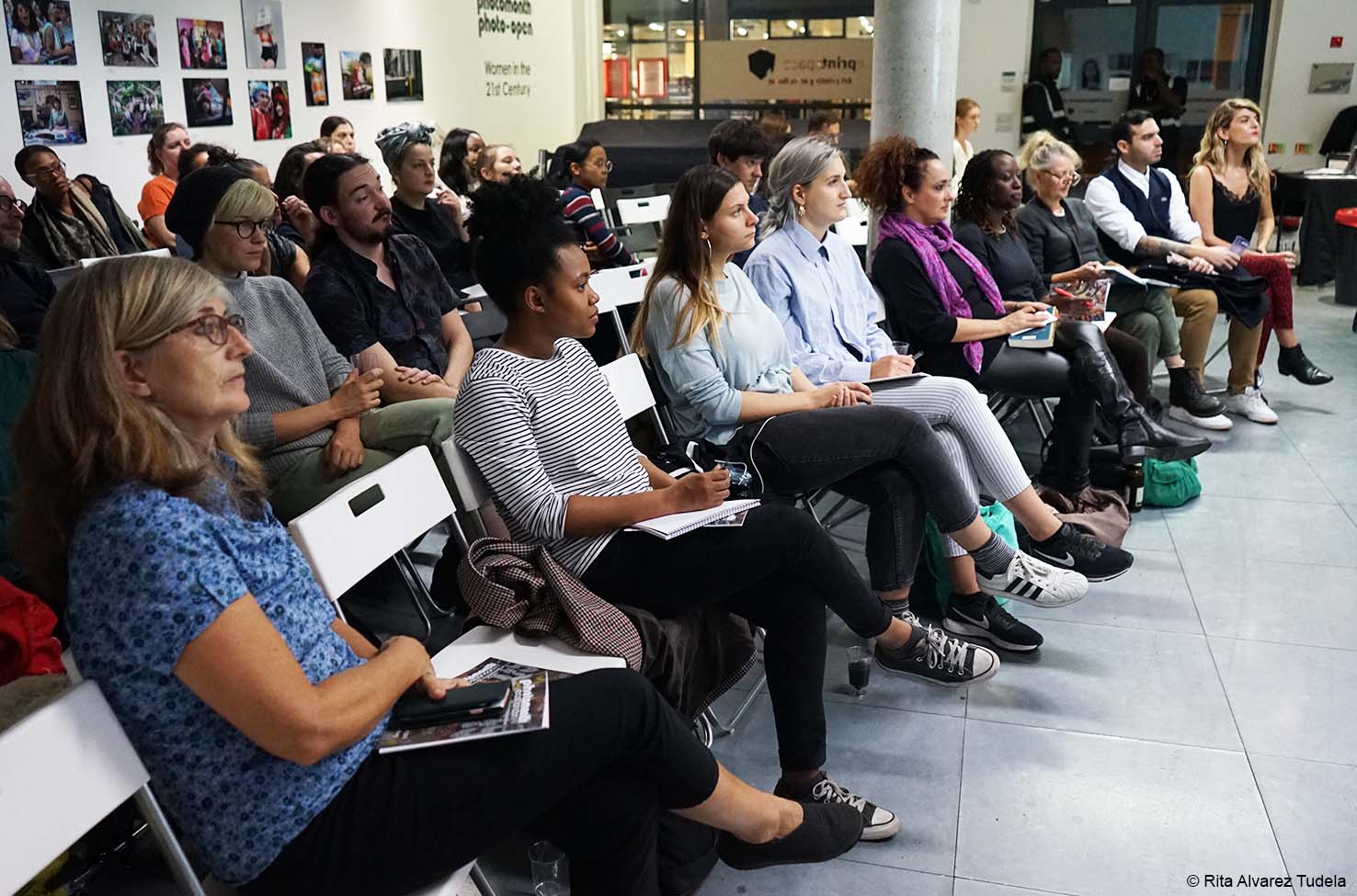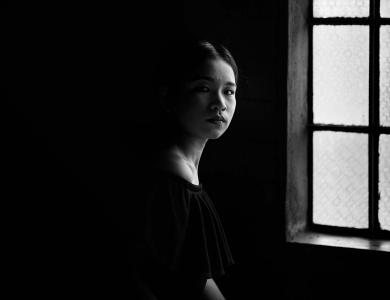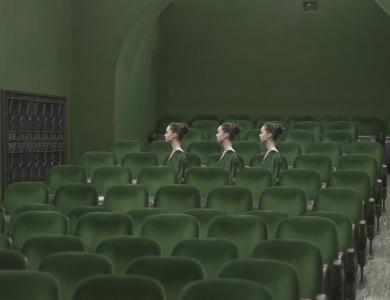
2018 Sony World Photography Awards' Photographer of the Year, Alys Tomlinson, photographer Carol Allen-Storey, Photomonth festival director Maggie Pinhorn and independent curator Zelda Cheatle had a lively discussion on ‘a woman's place in photography’ at theprintspace gallery in London last week.
The panel debated the role of women in contemporary photography and the changing space for them as photographic artists, the challenges women face and the opportunities that are available to them, in a talk moderated by the World Photography Organisation’s PR Director, Jill Cotton. We have summarised the main points here for those who were not able to attend this sold-out event.
It was a positive talk with all the panelists agreeing on how women’s role in photography has improved gradually. All five speakers emphasized the importance of attending portfolio reviews, entering photography competitions, attending exhibitions, networking, keeping up-to-date social media and getting advice for personal projects.

In Cheatle’s point of view, a lot of female graduates end up working in related fields in the industry but not necessarily as photographers, giving the example of the World Photography Organisation where 85% of the workforce is female. “It is fascinated how it is still categorized women photography by gender and not by the work they produce, but I think it’s gradually changing and balancing in a very good and natural way,” said Cheatle.
The curator explained how she now sees more female work in portfolio reviews and festivals that she attends around the world. “Young women are coming forward,” she said confidently. Cheatle mentioned how she used positive discrimination in the past to ensure that more women featured in the exhibitions that she was curating. “This is now less and less necessary,” she admitted, as female voices are more represented and worldwide accepted.
Carol Allen-Storey, focused on the change of the photography landscape in the last 20 to 30 years. Photography is her second career, and she focuses on humanitarian, social issues and has worked on high profile campaigns for Save the Children, Elton John Foundation and WWF. “For me, working as a woman has been a positive component and asset. When I’ve been working in pretty horrific situations - I have had to work closely with women, children and men that were dying. It can be more comfortable for a woman to be around in those situations.”
However, Allen-Storey recognises that being a woman in the industry has occasionally challenged her. She notices, for example, that the first thing people say is asking if she “can cope working in that environment, without toilets or no water”. The good news for her is that most of the commission editors that she works with are female and they are empathetic. Allen-Storey admits that she had not suffered a gender pay-gap, and she is committed to doing more jobs for NGOs “A woman needs an enormous focus, has to adapt much harder and be more determined to be able to do it” she added.
Photographer Alys Tomlinson, an award winning editorial & fine art photographer, explained that she started in the industry by assisting established photographers and studios. Tomlinson recognises that she still finds a lot of gender assumptions. She turned up for jobs as a photographer but everyone assumes she wants art director role. In fine art, she mentioned that in some ways being a woman has been an advantage for her, particularly if she is trying to talk to strangers and taking portraits, which can be more intimate.
Tomlinson, winner of 2018 Professional Photographer of the Year at the Sony World Photography Awards, has never worked in advertising, where she feels there is a lack of women represented. Tomlinson mentioned what she called the ‘Mad Men element’, that has obviously changed a lot, but leaves “women not always feeling comfortable answering to a very strongly male workforce.”
In the case of Maggie Pinhorn, she pointed out that the focus of this year’s Photomonth festival edition is ‘Women in Photography’, with a very diverse range of photographers represented. “Things have changed a lot since we started the festival in 2001. We only did it because I realized that while other cities across Europe had this kind of festival, there wasn’t one in London,” she explained. Pinhorn explained that the whole idea was to make it “a very accessible and inclusive festival” as she believes that “every project provides opportunities for new and emerging artists to be seen and heard.”
Over the years, quite a number of the exhibited artists became well-known photographers. She said “We always had a large number of women responding to us and probably because we are a women-run organization and women feel really comfortable coming to us. Because it was not threatening in any way, and they were not put on a side in any way and they were considered equally, like anybody else.”
The talk ended with a Q&A, where the audience received practical advice from our panelists in order to be commissioned. Research is key and picture editors are always looking for new and interesting content. Allen-Storey advises “How you present your work is really important. If I want to open a new door, I often print a small portfolio at home and I write a handwritten note. Be meticulous about how you present your work.”


